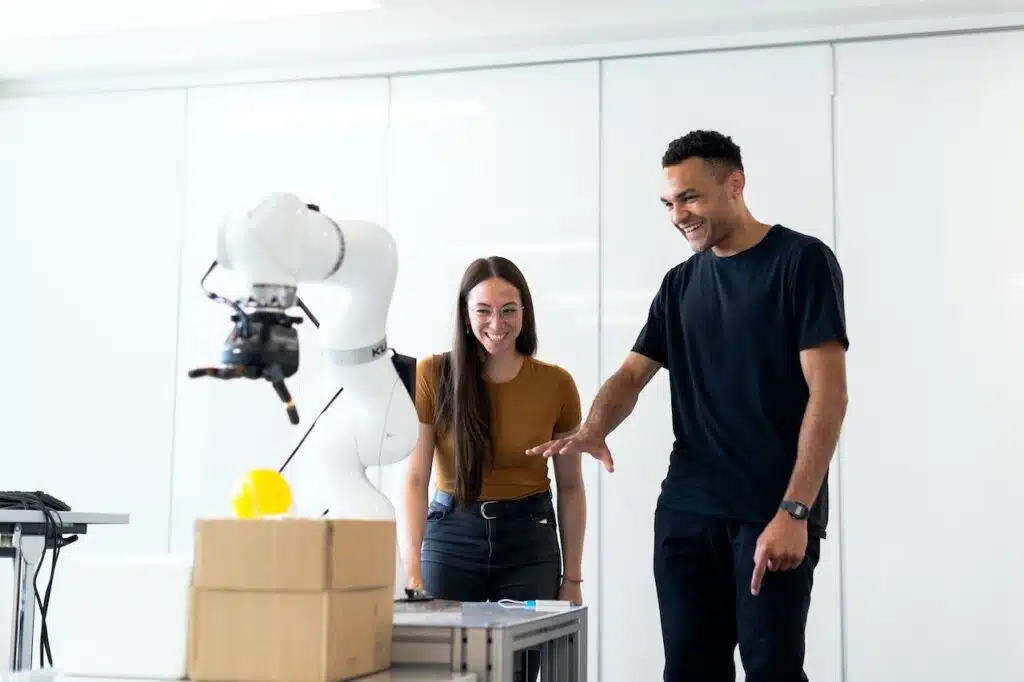Reality television brought cosmetic dentistry into the mainstream as people saw dental procedures transform the smile and lives of others. A significant part of these makeovers was the placement of dental implants. Dental implants’ life-changing potential is now combined with another cutting-edge technology to benefit patients and dentists. In the modern age dentists are applying robotics to implants, find out more below.
To learn more about how implants can help you replace missing teeth, schedule an appointment at Trident Dental for a comprehensive oral examination and implant consultation.
The Benefits of Dental Implants
The rapid rise in popularity of dental implants is owed to their many benefits, such as:
-
Preserving valuable bone in your jaw.
-
Closely restoring your natural biting force.
-
Matching the size, shape, and color of your natural biting teeth.
-
Preventing sagging of facial muscles that lead to wrinkles.
-
Providing dental restorations that are easily maintained.
-
Offering a durable choice in tooth replacement.
-
Avoiding slipping that occurs with removable prostheses.
What is Robotics?
In the mid-1980s, NASA pioneered the work that led to robotic-assisted surgery for its astronauts. This led to the FDA approving the first robotic system for surgery in 2001. The first setup approved was a doctor-robot system for laparoscopic surgery. Since then, the equipment and techniques have evolved to be used widely in many medical specialties.
Robotics is the result of collaboration between science, technology, and engineering to produce machines capable of performing human tasks. These machines, or robots, are mechanically constructed and combine electrical components with computer programming. The computer code inserted into the robot transforms it from a simple machine into a device that knows how and when to perform specific tasks.
Applying Robotics to Implants
The success of dental implant treatment depends on several factors, including the precise placement of the titanium or ceramic implant. Dentists use sophisticated surgical templates and systems to navigate placement as accurately as possible. However, the location of a missing tooth and a patient’s inability to open their mouth widely can make for uncomfortable and difficult working conditions. This increases the risk of human error in implant placement. Robotic-assisted implant placement can overcome these challenges for more successful outcomes in replacing teeth with implants.
The Advantages of Robot-Assisted Implant Placement
Placing dental implants evolved from freehand placement using various guidance systems to allow more exact and predictable positioning. The further evolution of using robotics offers superior advantages, including:
-
More accurate drilling depth, which prevents over-drilling the bone where the implant will be placed.
-
More precise angle of final implant position, which provides a more stable and durable final restoration of a missing tooth.
-
Real-time guidance of implant surgeon’s movements to prevent operator error during drilling and placement of the implant.
-
More successful outcomes for complex implant cases in the front of the mouth or near the sinus.
-
Allowing implant surgeons to complete cases that involve multiple implants more efficiently, safely, and predictably.
Schedule Appointment
Trident Dental combines cutting-edge dental technology with gentle and exceptional patient care for an exceptional dental experience. Contact us to learn more about our award-winning dental practice that has been serving the Charleston area for more than forty years.

